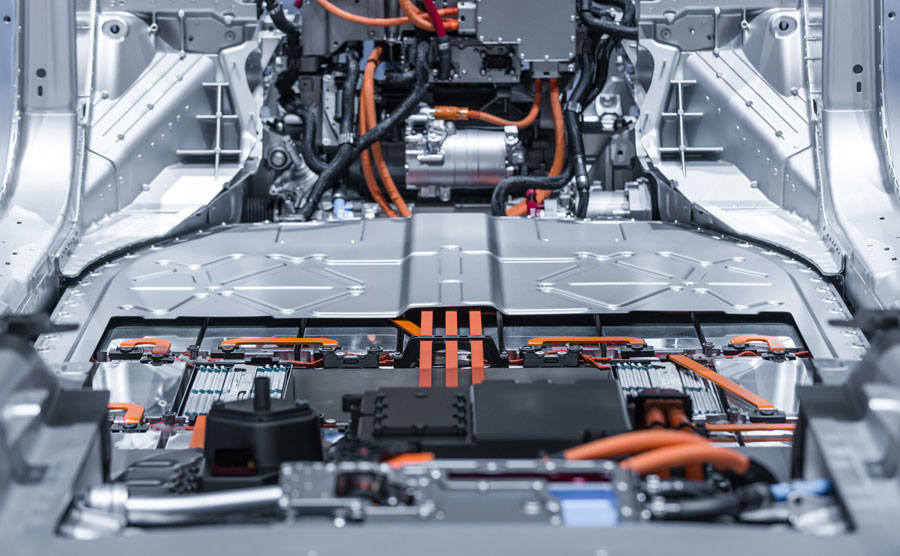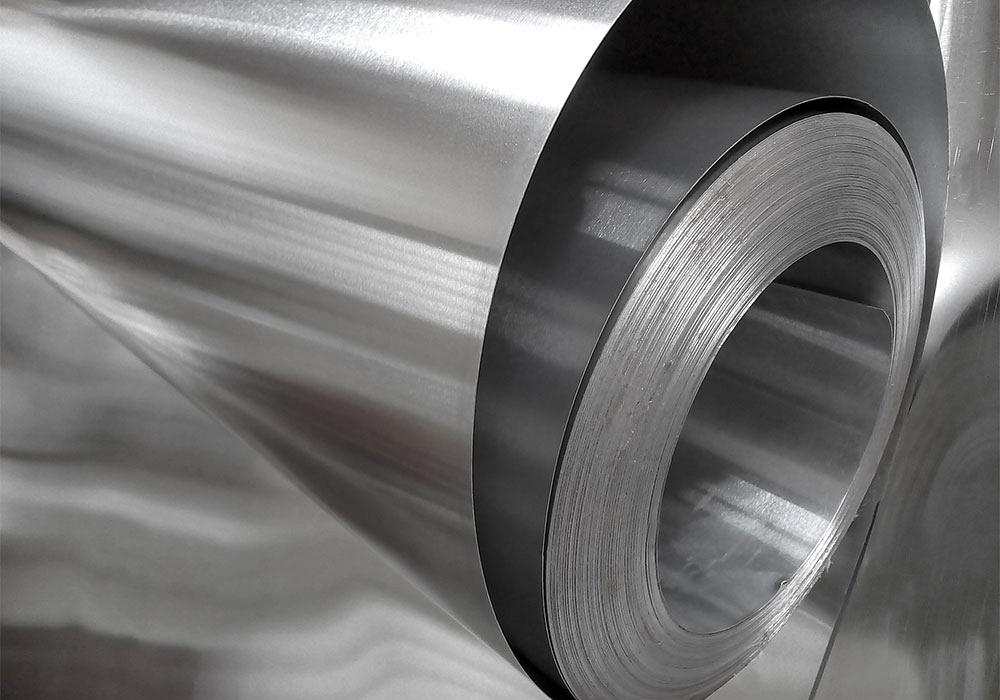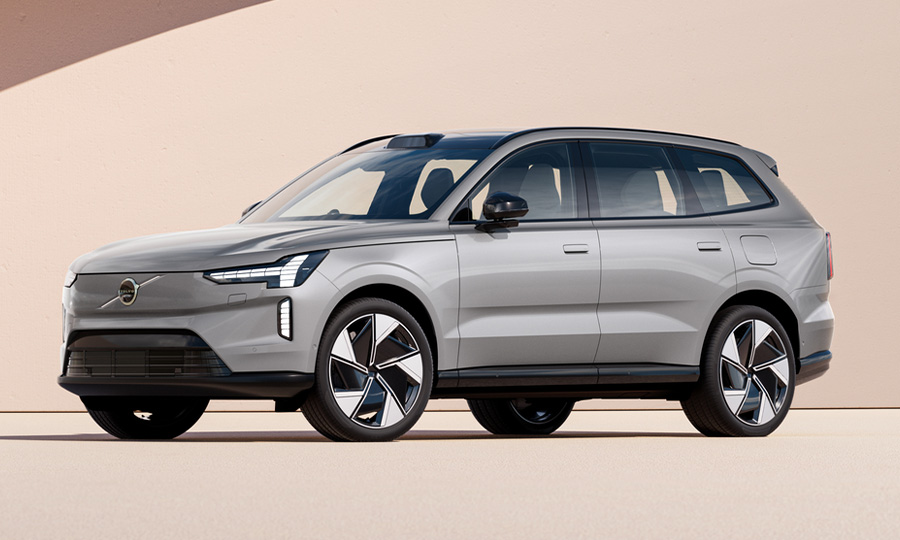The Future of Mobility: Embracing the Transition to Aluminum Vehicles
The future of mobility is here and it’s bringing a new wave of possibilities. As we transition from traditional combustion engine vehicles to those powered by aluminum, the potential for efficiency and environmental sustainability has never been greater.
With their lighter weight and enhanced strength-to-weight ratio, these aluminum vehicles hold tremendous promise when it comes to improving fuel economy while still providing consumers with appropriate levels of performance and safety. Furthermore, rising concerns over air quality have shifted the focus toward electrification as an alternative power source, making aluminum the ideal material for constructing modern cars that are both energy efficient and reliable.
In this article, we will explore how the move towards aluminum is revolutionizing automotive production as well as discuss its potential implications on our current transportation system to better understand where we may be headed in terms of mobility solutions.
The Benefits of Aluminum for Vehicle Manufacturing
The use of aluminum in vehicle manufacturing is becoming increasingly popular and for good reason. Aluminum offers numerous advantages that make it the ideal material for constructing vehicles.
For starters, aluminum is lightweight yet strong and durable, making it perfect for frames and other components that need to be able to withstand a lot of wear and tear. In addition, its corrosion-resistant properties make it an ideal choice for building cars that will last long into the future.
The fact that aluminum is recyclable also makes it attractive from an environmental standpoint; not only does its reuse help reduce carbon emissions by decreasing the number of raw materials needed to construct new vehicles, but recycling aluminum also helps conserve energy compared with producing virgin metal from ore deposits. Finally, replacing steel parts with lighter aluminum ones can improve fuel efficiency significantly while decreasing maintenance costs over time due to fewer rust-related replacements being required during the vehicle’s lifetime.
All these factors combine to make switching over to using aluminum a no-brainer when looking at what materials are best suited for creating modern vehicles today and well into the future.
Cutting-Edge Innovations in Aluminum Vehicle Design

As the automotive industry continues to embrace aluminum as a lightweight and sustainable material for vehicle design, automakers are leveraging cutting-edge innovations that ensure vehicles of the future will be able to meet consumer demands. From creating lighter frames with improved strength to advanced welding techniques that make intricate designs possible, these advancements offer unique opportunities for greater efficiency without sacrificing comfort or performance.
Companies such as Ford Motor Company have adopted innovative technologies in their pursuit of building highly efficient aluminum vehicles. For instance, they employ multi-material bonding adhesive technology which bonds layers of steel, aluminum, and plastic together more securely than traditional methods while simultaneously reducing weight by up to 20%.
This combination allows for increased rigidity and reduced noise transfer from road vibration. In addition, 3D printing is being used by engineers in prototyping stages during vehicle development processes to quickly create complex parts like brackets with high accuracy at a lower cost than machined ones traditionally used. Aluminum can also provide more customization options when it comes to interior design.
With its formability capabilities, designers can craft intricate shapes allowing them to use fewer components resulting in lighter overall packages but still maintaining aesthetic appeal inside the cabin area. New joining technologies such as friction stir welding further reduce costs and time spent on production while enabling designers more freedom when shaping metal components into desired pieces for optimal safety standards without compromising on style or comfort levels inside the car itself.
Ultimately, these cutting-edge innovations prove just how versatile aluminum is within vehicle design – offering a unique blend of lightness and strength along with numerous customizability options which makes it an ideal choice for cars of tomorrow’s mobility needs today
Challenges to Overcome: Safety, Cost, and Environmental Impact
The transition to aluminum vehicles has presented numerous challenges in terms of safety, cost, and environmental impact. There are significant safety concerns as the metal is much lighter than steel which could compromise the structural integrity of a vehicle during an accident.
Furthermore, the manufacturing process for aluminum requires more energy due to its lower melting point and thus higher cost. Finally, while aluminum vehicles promise improved fuel efficiency they still produce emissions that contribute to global warming.
All these factors must be taken into consideration when making such a drastic switch in materials used for automotive production.
Adapting the Automotive Industry to the Transition from Steel to Aluminum Vehicles

As the automotive industry looks to the future of mobility, one of its biggest challenges is adapting to a transition from steel-based vehicles to aluminum-based vehicles. This shift has major implications for automakers, with increased costs and changes in production methods being two key considerations.
Fortunately, some strategies can help automakers make this transition as smooth as possible while creating long-term cost savings. One strategy involves using lightweight materials such as aluminum alloys or composite panels instead of heavier steel components whenever possible.
These materials not only reduce weight but also improve fuel economy and performance, making them ideal for modern cars and trucks. Additionally, new technologies such as 3D printing can be used to create highly customized parts out of lighter materials at lower costs than traditional manufacturing techniques.
Another important step in transitioning from steel to aluminum is finding ways to reduce waste during production processes and increase efficiency when assembling vehicle components. Automakers should look into lean manufacturing practices that eliminate unnecessary steps or streamline existing ones while still meeting quality standards required by law and customer expectations.
Additionally, they may want to consider automating certain operations if it makes sense economically – robotic arms can handle complex tasks far more quickly than human workers ever could while also ensuring consistently high levels of quality control throughout production runs. Ultimately, the automotive industry must embrace the move away from steel toward an increasing dependence on lighter aluminum if it wants continued success in a competitive marketplace dominated by cutting-edge technology developments like electric cars and autonomous driving systems.
By investing in innovative technologies now – both those related directly to production processes and those designed specifically for use in consumer-facing products – manufacturers will be able to position themselves better for whatever unforeseen challenges arise down the road while continuing their pursuit of progress within an ever-changing market landscape.
Moving Forward with Sustainable Mobility Solutions
As the automotive industry continues to strive toward a greener, more sustainable future, aluminum-based vehicles are becoming increasingly popular. With lower emissions and improved fuel economy, these lightweight materials have become an attractive alternative for automakers looking to reduce their environmental footprint.
By embracing this transition to aluminum-based vehicles, we can move forward with solutions that will improve mobility while also protecting our environment. Aluminum-based automobiles offer several advantages over traditional steel frames which make them ideal for transportation needs in the present and future.
Not only do they weigh less than steel frames but they are also corrosion resistant and require less maintenance over time. Additionally, aluminum is a highly recyclable material making it easy on the resources needed for production as well as when disposing of it at the end of the life cycle.
In addition to being environmentally friendly, lighter-weight materials like aluminum provide increased safety features due to improved structural integrity and performance capabilities such as faster acceleration times and higher maximum speeds. These advances in speed along with longer travel distances make them perfect for modern travelers who want efficient transportation options without sacrificing safety or comfort on their journey.
The use of aluminum-based technology has recently seen great success within the aerospace industry where its lightweight properties have allowed planes and spacecraft to reach greater heights than ever before possible with traditional heavier metals used today. As this technology becomes more widely available in cars across different industries we can begin to see how sustainable mobility solutions will be enhanced by embracing new advancements in automobile engineering made possible through using lightweight materials like aluminum alloys.
Conclusion

The future of mobility is exciting and full of possibilities, especially given the increasing transition to Aluminum Vehicles. These vehicles are lightweight yet strong enough to handle regular wear and tear on the roads.
In addition, they provide a more efficient ride than traditional models due to their improved fuel economy. As automakers continue to embrace this forward-thinking technology, we can expect even greater advancements in both safety and performance from these advanced vehicles in the years ahead.
